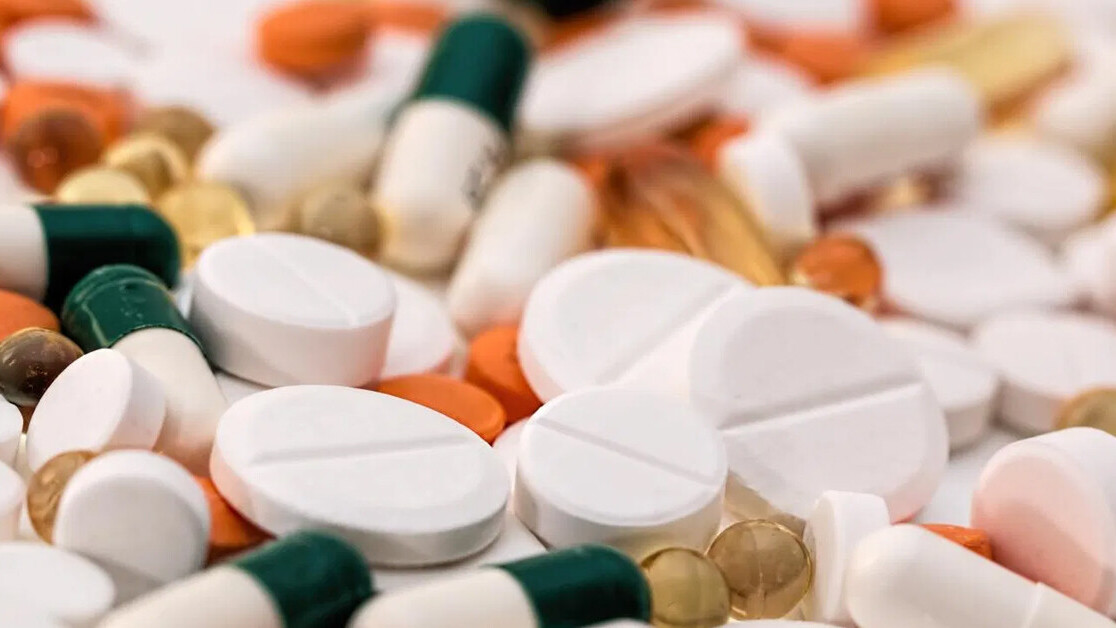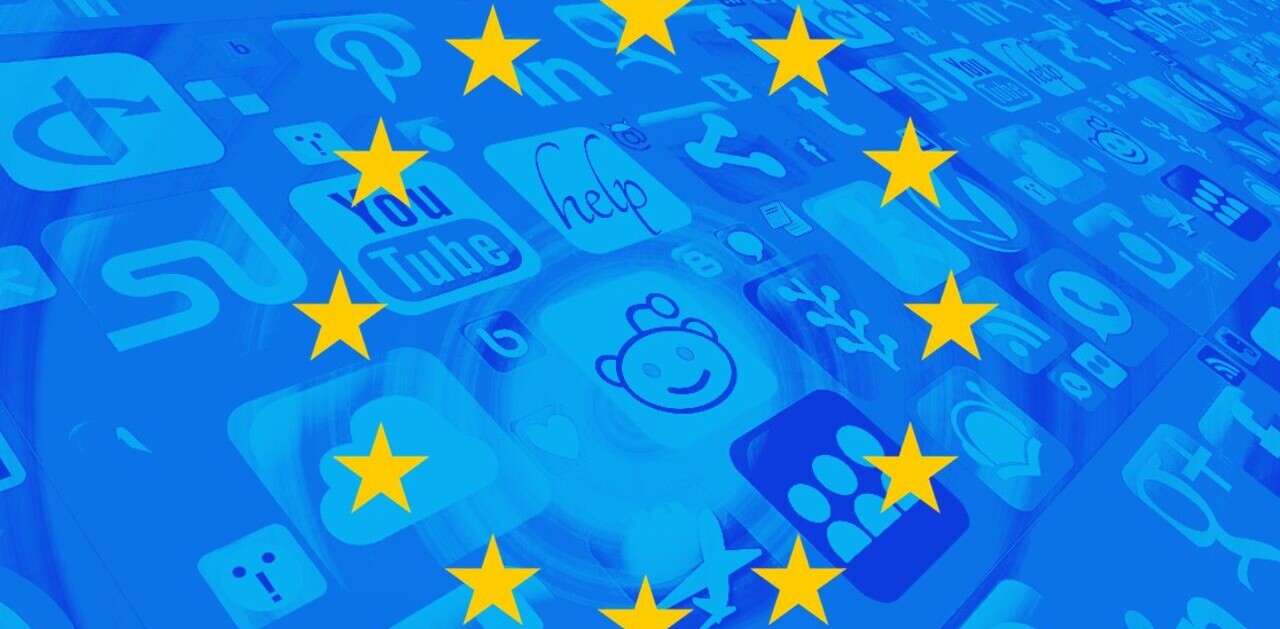
As a society, we are faced with many challenges, and it’s no secret that one of the more prevalent is that of substance abuse. Amongst the most dangerous and holistically destructive of these behaviors, affecting multiple facets of our social landscape from individual health and wellbeing to pressure on already strained infrastructure, is opioid addiction. It’s an issue that has become so concerning that in 2018, the FDA presented an innovation challenge to technology developers to help address its prevention and treatment.
Historically, our reactions to this issue have not been particularly subtle—from the blunt changes in legislation to forced rehabilitation as part of sentencing. More recently, we’ve committed to engaging in a deeper understanding and treatment of the personal aspects of addiction, finding solutions that treat the root causes, while encouraging the maintenance of healthy lifestyle changes throughout recovery. As we have taken greater care to treat the person with the addiction, we have also found more useful and effective approaches to the issue as a whole, including the recognition that the addict must be helped to help themselves.
During the last decades, where technology has become more integrated into our lives, it’s become clear that this can offer an additional tool in assisting addicts. According to Brandon Bergman, associate director of the Recovery Research Institute at Harvard Medical School, 11 percent of adults who have resolved their substance abuse issues have done so utilizing online technology specifically related to addiction. As we continue to enhance our general lifestyles through artificial intelligence and the internet of things (IoT), including their integration into our healthcare systems, so too are we uncovering new opportunities to help the vulnerable among us.
Initial access to help
One of the most difficult aspects for anybody experiencing addiction, beyond that first acknowledgment of the problem, is the accessibility of help. Modern expertise leans toward addiction being a disease, recognizing that it can change the structure and functioning of the brain, which makes it particularly difficult for an addict to overcome without some form of professional assistance.
Access to treatment can be taxing on the patient’s physical, mental, emotional, and financial resources, but there are resources available to help them navigate these particular hurdles.
The first entirely evidence-based addiction management platform in development, A-Chess, was created by the University of Washington. While the app has functions that assist addicts through the entire rehabilitation and recovery process, it also includes an e-intervention system that identifies local appropriate treatment providers and delivers electronic referrals accordingly. Alongside helping with this administrative issue, it also provides the addict with motivational videos and messages, designed to break down barriers to attending treatment.
There are, of course, times in which access to inpatient treatment isn’t possible—either financially, or due to other commitments. While inpatient treatment and support is a preferred approach, it is certainly possible to obtain effective cognitive-behavioral therapy (CBT) for addiction online. The evidence suggests that the technological delivery of these services is comparable to in-person therapy, and addicts now have access to online therapeutic services, alongside ebooks and audiobooks that can guide them through the process.
The recovery process
One of the difficulties facing recovering addicts is that once they’ve completed a course of structured rehabilitation, they often do not receive the vital comprehensive aftercare that is required to continue their healthy recovery. This is an issue that is made more difficult by already over-stretched resources in the medical community. But it shouldn’t be ignored that recovery is often a time of significant stress and vulnerability for patients. As a result, we have seen software geared toward supporting patients through recovery being introduced to the addiction treatment landscape.
Pear reSet and reSet-O (specifically for opioid addiction) have been approved by the FDA as therapeutic tools, available on prescription for those under outpatient care. Throughout 90- and 84-day programs respectively, the apps help to guide patients through the recovery process, providing them additional activities designed to strengthen CBT received in treatment. A clinical trial of 399 users in 2017 produced results showing that patients using the app showed a higher rate of abstinence (40.3 percent) than those who did not use it (17.6 percent).
One of the more comprehensive community-based approaches in the field is Sober Grid — a free app that was developed by addicts who had been searching for sober communities for support in their local area. The app connects those in recovery with other sober people in their community using geosocial networking to ensure that whether users are at home or traveling, they have access to addiction support resources. It also provides users with daily quests to reinforce their sober habits, a newsfeed space to share addiction-related information with the community, and 24/7 access to certified peer coaches.
Physical and mental health during remission
Recovery isn’t simply limited to the concept of releasing oneself from the specific issues arising from addiction to a substance. Part of the solution to freeing oneself from the issues that lead to addictive behavior is ensuring one maintains a holistic balance — mentally, emotionally, and physically. In researching methods to support this approach, patients are discovering new ways to utilize technology in their growing toolbox for self-care.
There is some evidence to suggest that successful recovery from addiction can be more successful when supported by regular exercise. The rise of the IoT has brought with it options to combine wearable technology such as Fitbit and Apple Watch with apps to allow users to accurately monitor their ongoing physical health — allowing addicts to be accountable for their ongoing recovery health, and to set achievable milestones which bolster their confidence.
The importance of the doctor-patient ongoing relationship shouldn’t be underestimated either, with AI providing potential advantages to the way medical professionals and addicts interact. Through services such as Fitbit Care, information gained from these device/app combinations can also be shared with physicians and psychiatric health workers to ensure the effectiveness of lifestyle changes and make plans for the future direction of treatment.
Mental and emotional wellbeing has also been given a boost technologically by services such as Headspace, which can help addicts with meditative techniques that can help with ongoing follow-up symptoms of addiction, such as depression and anxiety. Whereas apps such as iMoodJournal can help users monitor their mood transitions in real-time, providing them some personal insight into trigger events, and periods in which they may need additional support to prevent potential relapse.
As we delve deeper into the root causes of addiction, we see that alongside the use of a substance, there can be many underlying issues that are individual to the addict. The increasing personalization of technology and our ability to share and analyze large quantities of data are helping to uncover new solutions to helping addicts through the treatment and recovery process. However, we must also ensure we take a responsible, balanced approach that does not result in over-reliance on technology for long-term remission.
This story is republished from TechTalks, the blog that explores how technology is solving problems… and creating new ones. Like them on Facebook and follow them down here:
Get the TNW newsletter
Get the most important tech news in your inbox each week.




